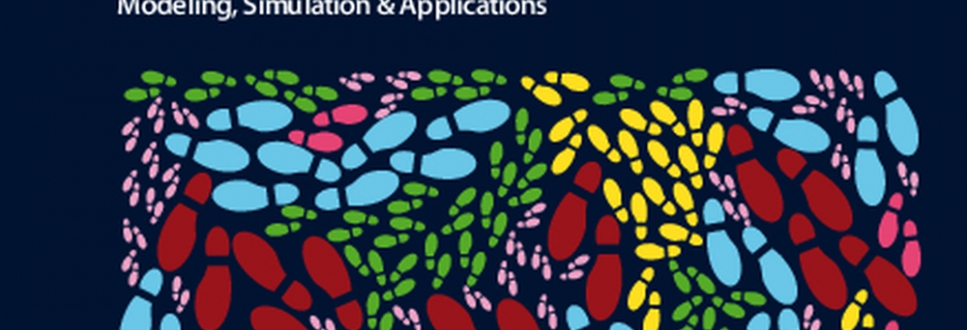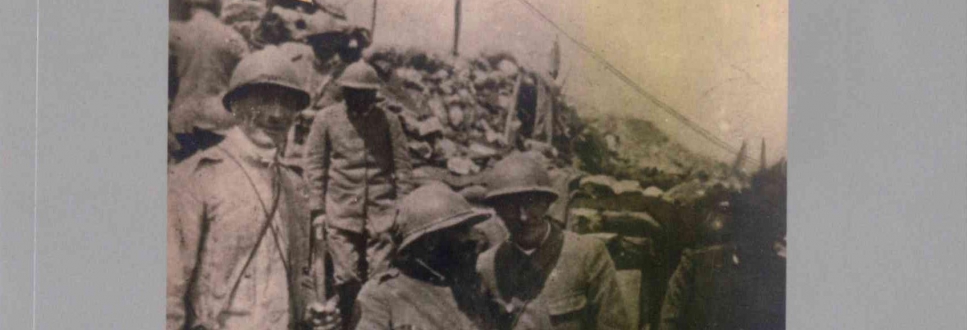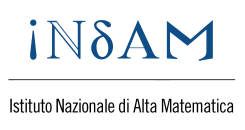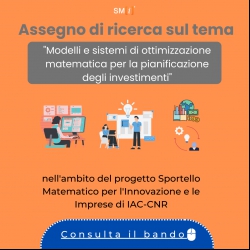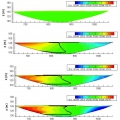
Numerical validation of the conjecture of a subglacial lake at Amundsenisen, Svalbard
The likelihood of a subglacial lake beneath Amundsenisen Plateau at Southern Spitzbergen, Svalbard, pointed out by the flat signal within the Ground Penetrating Radar (GPR) remote survey of the area, is justified, here, via mathematical modelling and numerical simulation.
The melting of glaciers coming with climate change threatens the heritage of the last glaciation of Europe likely contained in subglacial lakes in Greenland and Svalbard. This aspect urges specialists to focus their studies (theoretical, numerical and on- field) on such fascinating objects.
Along this line, beneath Amundsenisen Plateau (Svalbard) the research groups, led by Jacek Jania (Dept. Earth Science, Univ. of Silesia) and Piotr Glowacki (Inst. Geophysics, Polish Academy of Sciences, Warsaw) and based at the Polish Hornsund polar station, anticipated the presence of several suglacial lakes.
Within the accomplishments of the Svalglac project (funded by ESF-ERANET PolarCLIMATE consortium/PNRA Italian funding agency), we have built up a mathematical model and a numerical procedure for validating such a conjecture. The time dependent description of dynamics and thermodynamics of the icefield and of the subglacial lake, with heat exchange and liquid/solid phase change mechanisms at the interface are included. Critical modeling choices and confidence in the algorithm are granted by the numerical results of the sensitivity analysis versus the contribution of ice water content, of firn and snow layers at top of the icefield (see Mansutti, D., E. Bucchignani, J. Otero and P. Glowacki, ‘Modelling and numerical sensitivity study on the conjecture of a subglacial lake at Amundsenisen, Svalbard’, Appl. Math. Modelling, 39, 4266-4284, doi: 10.1016/j.apm.2014.12.043, 2015) and versus the approximation of ice sliding on bedrock, and also by successful comparison with measured quantities.
Numerical simulation results, that we have obtained, appear in support to the decision of drilling operations above the presumed ice/water front where subglacial lake water bio-chemicals might be traceable for following paleosciences investigations.



